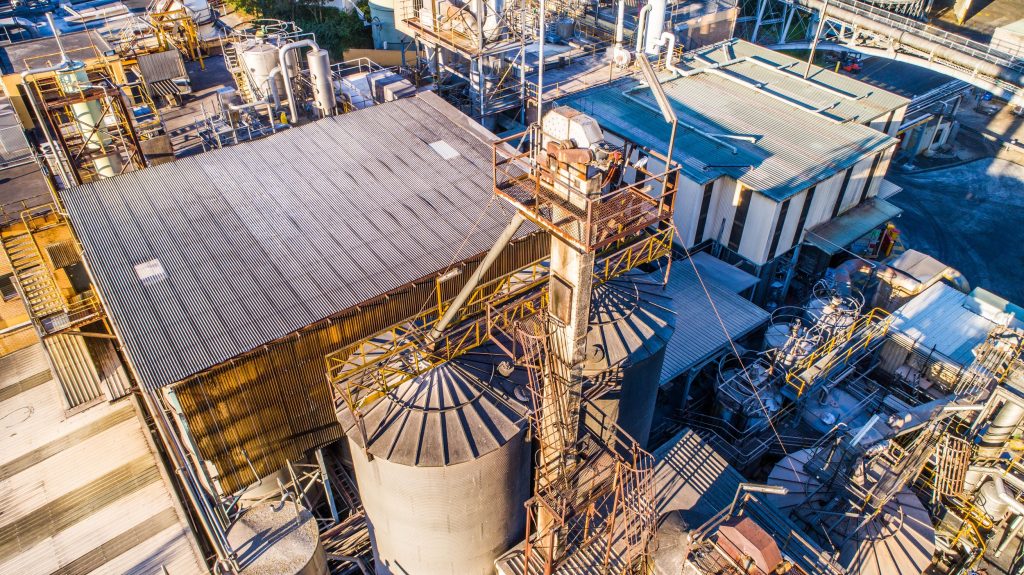Understanding Materials through Particle Size Distribution Analysis
In the realm of material science, the characteristics of particles composing a substance can significantly influence its properties and behavior. One crucial aspect that profoundly impacts these attributes is the particle size distribution. This distribution refers to the arrangement of particle sizes within a given sample and is a key parameter in understanding the physical, chemical, and mechanical properties of materials. The naked eye can often deceive when it comes to assessing particle size. Many materials, whether natural or engineered, comprise particles that are far smaller than what can be discerned by simple observation. Herein lies the importance of particle size distribution analysis, a technique that enables researchers to delve into the intricate world of nanoscale and microscale particles. Particle size distribution analysis involves the determination of the range of particle sizes present in a sample and the relative abundance of particles within each size range. This information is typically presented as a histogram or a cumulative distribution curve, which provides a visual representation of the particles’ sizes and their frequencies.

By quantifying these parameters, researchers gain valuable insights into the homogeneity, dispersity, and agglomeration tendencies of the particles within a material. The significance of particle size distribution analysis spans across various industries. In pharmaceuticals, for instance, the efficacy and bioavailability of drugs can be influenced by the size of the drug particles. In paints and coatings, the particle size distribution affects the texture, color, and coverage of the final product. In soil science, understanding the particle size distribution of soil samples can illuminate insights into nutrient retention, water-holding capacity, and drainage properties. Several techniques are employed to analyze particle size distribution. Laser diffraction, sedimentation, and dynamic light scattering are some of the commonly used methods. Laser diffraction involves scattering laser light off particles in a sample, and analyzing the resulting diffraction pattern to determine particle sizes. Sedimentation separates particles based on their settling rates in a liquid medium, while dynamic light scattering measures the fluctuations in scattered light caused by Brownian motion of particles.
With the advent of advanced technologies, particle size distribution analysis has become more accurate, efficient, and versatile. Modern instruments can handle a wide range of sample types, from powders to emulsions and check this https://atslab.com/chemical-analysis/particle-size-distribution-analysis/. Furthermore, the integration of automation and computer algorithms simplifies data interpretation and enhances the precision of results. In conclusion, the saying size matters resonates deeply in the world of materials science. Particle size distribution analysis transcends the limitations of the naked eye, providing researchers and industries with essential insights into the composition and behavior of materials at microscopic levels. With its applications spanning across diverse sectors, from pharmaceuticals to agriculture, this analytical technique continues to shape innovations and advancements in material design and manufacturing.
